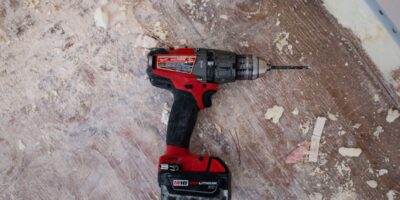How to Make Built-In Shelves
How to Make Built-In Shelves
Built-in shelves can transform a room, adding both storage and charm. This guide will walk you through the process of creating your own. Whether you’re an experienced woodworker or a novice, these steps are straightforward. Let’s get started.
Materials and Tools
- Measuring tape
- Stud finder
- Level
- Pencil
- Circular saw
- Drill and bits
- Wood screws
- Wood glue
- Plywood
- Wood boards (e.g., pine, oak)
- Wood filler
- Sandpaper
- Paint or stain
- Paintbrush or roller
- Protective gear (gloves, safety glasses)
Planning and Design
Start by measuring the space where you want to install your shelves. Determine the height, width, and depth. Use these measurements to draft a design. Count how many shelves you need and decide on their spacing. Ensure the design complements the room’s style.

Find the studs in the wall using a stud finder. Mark their locations with a pencil. Studs provide essential support for your shelves. Without anchoring to studs, your shelves could collapse under the weight of stored items.
Preparing the Materials
Choose suitable wood for your project. Plywood is excellent for the shelves’ back and sides, while solid wood is better for the shelves themselves. Cut the wood to the dimensions of your design using a circular saw. When cutting, follow safety regulations—wear protective gear and handle tools with care.
After cutting, sand the edges of each piece. This smooths out any rough spots and helps the edges align better. Sand all surfaces evenly to prepare them for painting or staining later on. Ensure that surfaces are clean before assembly.

Building the Frame
Construct the frame by first assembling the sides and back of the shelves. Apply wood glue along the joints where the pieces meet. Secure them with wood screws. Using a level, ensure everything is straight. Adjust as necessary before the glue sets.
For added strength, you can insert small wooden dowels into the joints. Drill holes for the dowels before applying wood glue. This extra step can increase the durability of the frame.
Once the frame is ready, measure again to confirm it fits the intended space. Make any necessary adjustments now. It’s easier to correct while the frame is still maneuverable.
Installing the Frame
With the frame completed, it’s time to install it in the wall. Lift the frame and align it against the wall where your studs are marked. Drill pilot holes through the frame into the studs. This makes it easier to insert the screws and prevents the wood from splitting.
Secure the frame to the wall using wood screws. Check for levelness throughout the process. An unlevel installation can cause shelves to look crooked and function poorly.
Adding the Shelves
Measure and cut the solid wood boards for the shelves. Their length should correspond to the width of the frame. To secure the shelves, drill small pilot holes through the sides of the frame where each shelf will go. Insert the wood screws through these holes into the edges of the shelves.
For a clean finish, countersink the screws slightly below the surface. Fill the small holes with wood filler and sand smooth once it dries. This creates a seamless look once painted or stained.
Finishing Touches
Apply wood filler to any gaps or imperfections. Allow it to dry fully. Sand the filled areas smooth. Clean any dust or debris from the shelves before finishing.
Choose a finish that matches your room’s decor. Paint provides a modern and clean look, while stain highlights the natural wood grain. Apply your chosen finish evenly, allowing sufficient drying time between coats. For paint, a primer may be necessary to help the paint adhere better.
Attach any additional decorative elements, such as trim or molding, to enhance the aesthetic of the shelves. Use wood glue and small finishing nails to secure these pieces. Sand and finish as needed to match the rest of the shelves.
Maintenance Tips
- Regularly dust shelves to keep them clean.
- Avoid placing excessively heavy items in the middle of shelves to prevent sagging.
- Inspect the shelves periodically for any signs of wear or damage.
- Touch up paint or stain as needed to maintain appearance.
With your built-in shelves complete, enjoy the added storage and elegance they bring to your home. This straightforward project can significantly upgrade a space with careful planning and execution. Refer to this guide whenever needed for ongoing maintenance and enjoy your handiwork.



Subscribe for Updates
Get the latest articles delivered to your inbox.
We respect your privacy. Unsubscribe anytime.